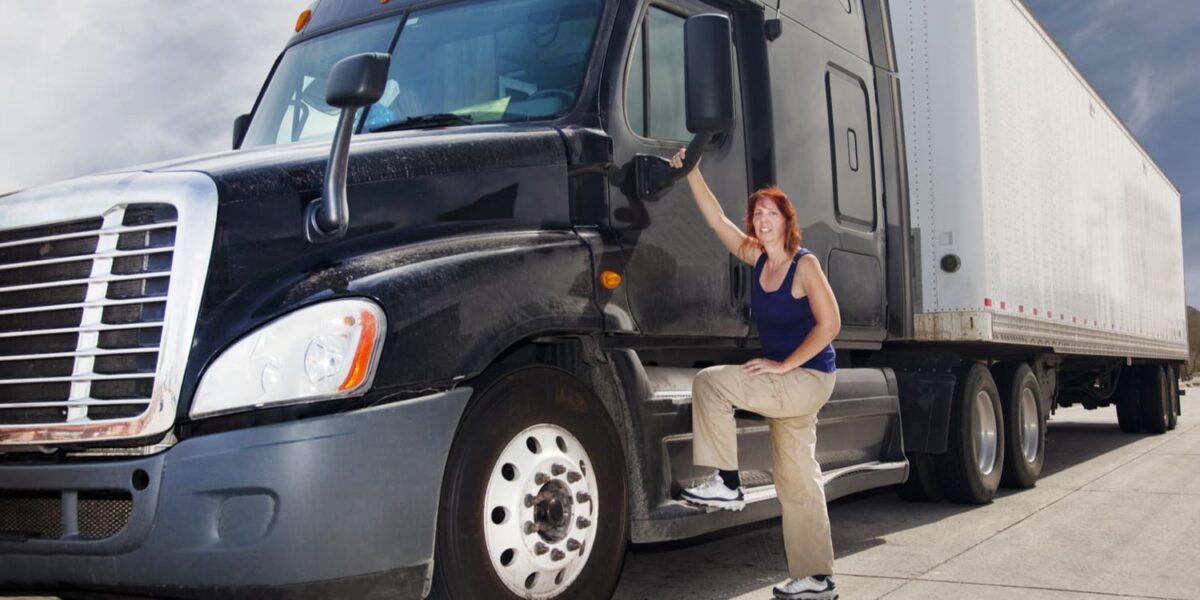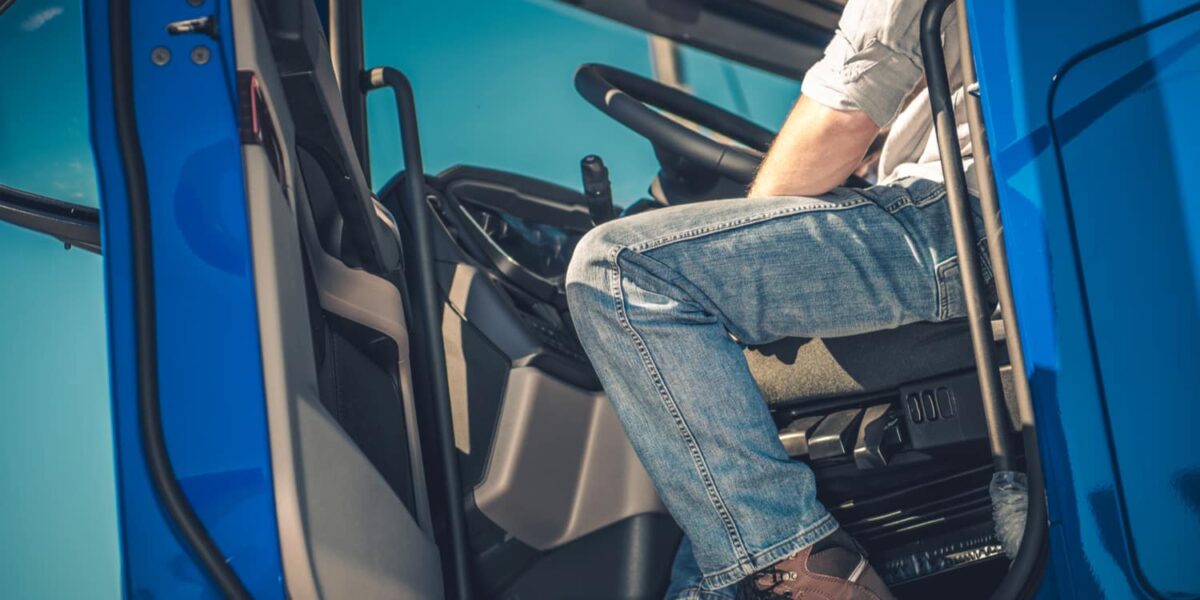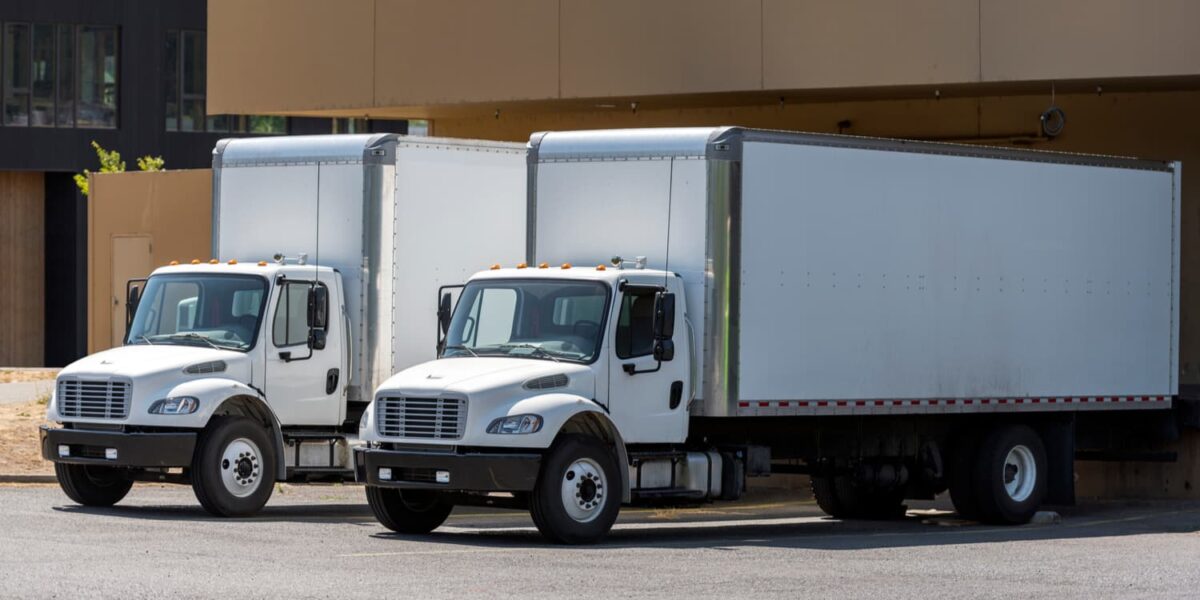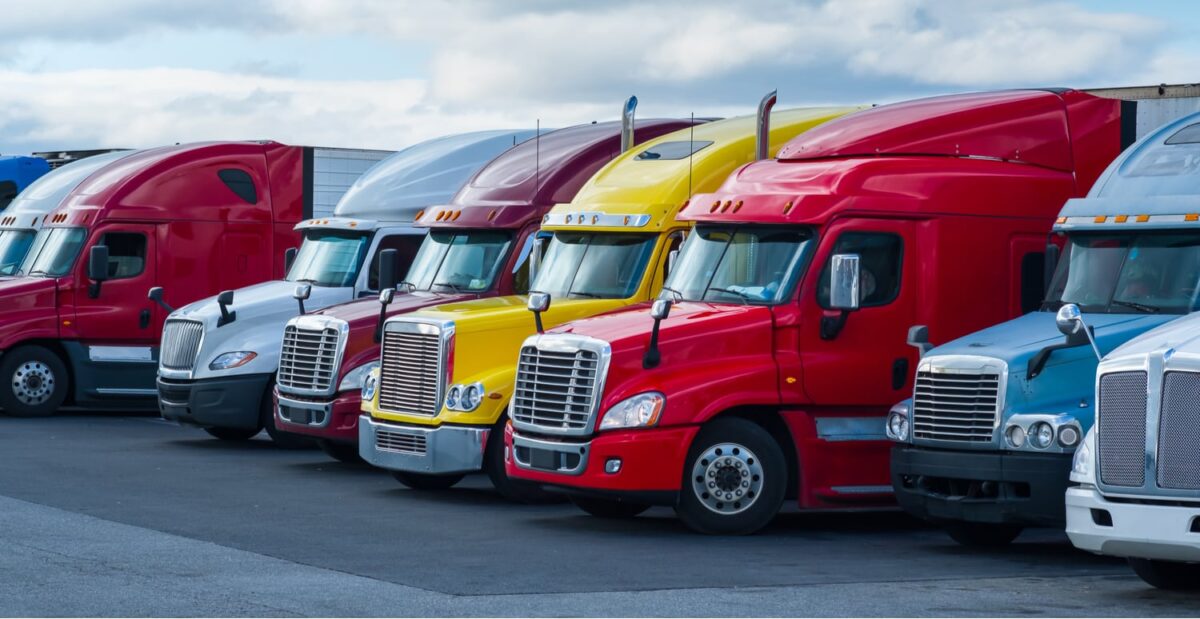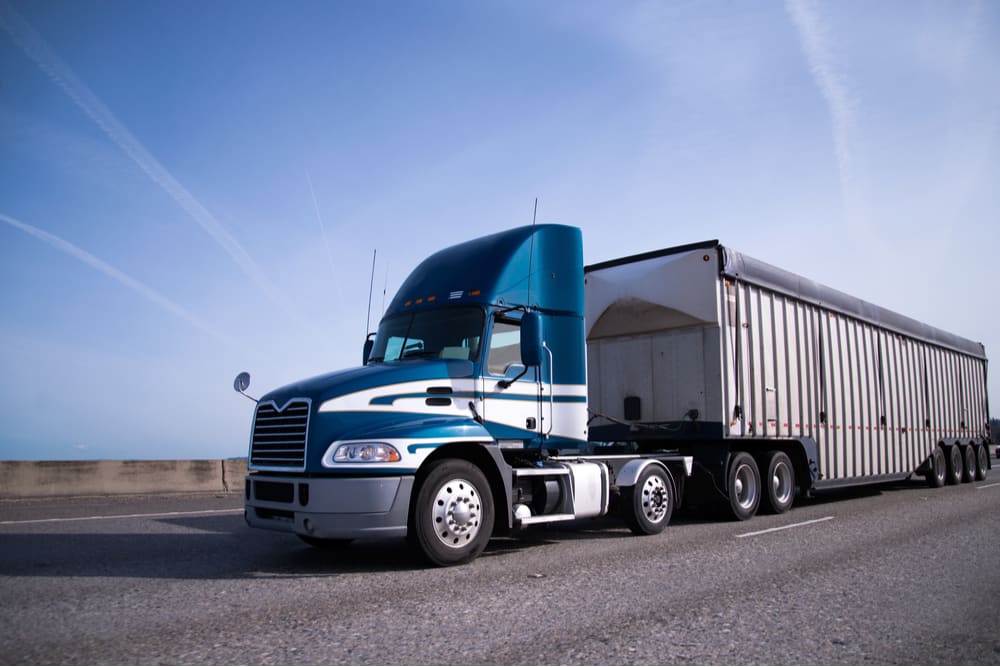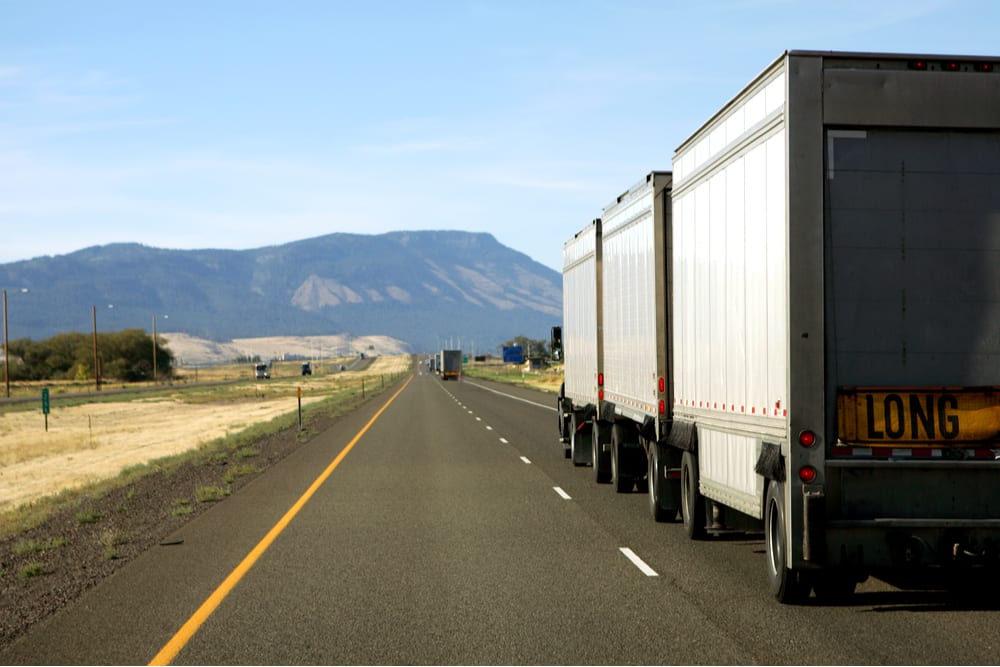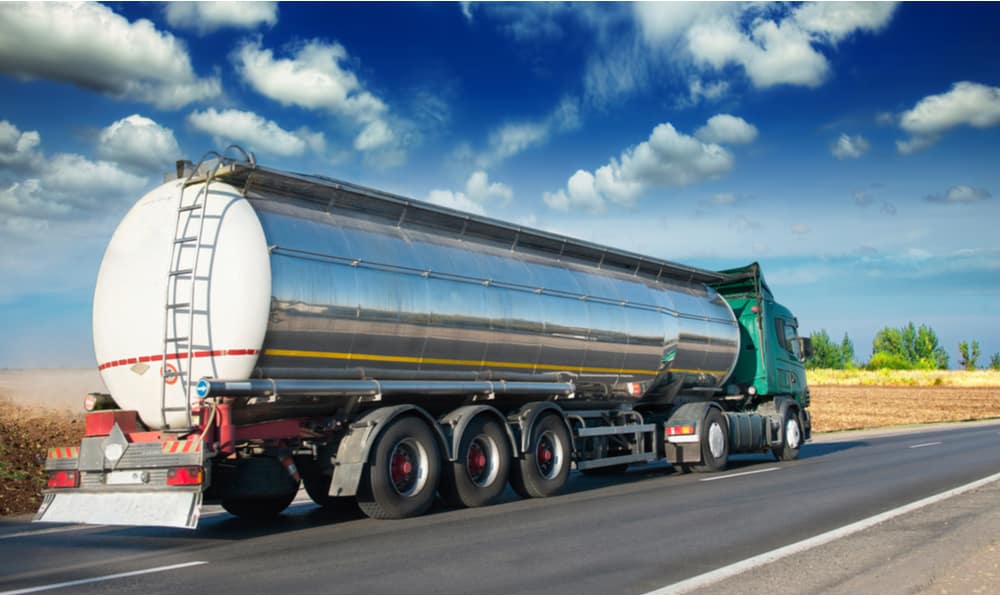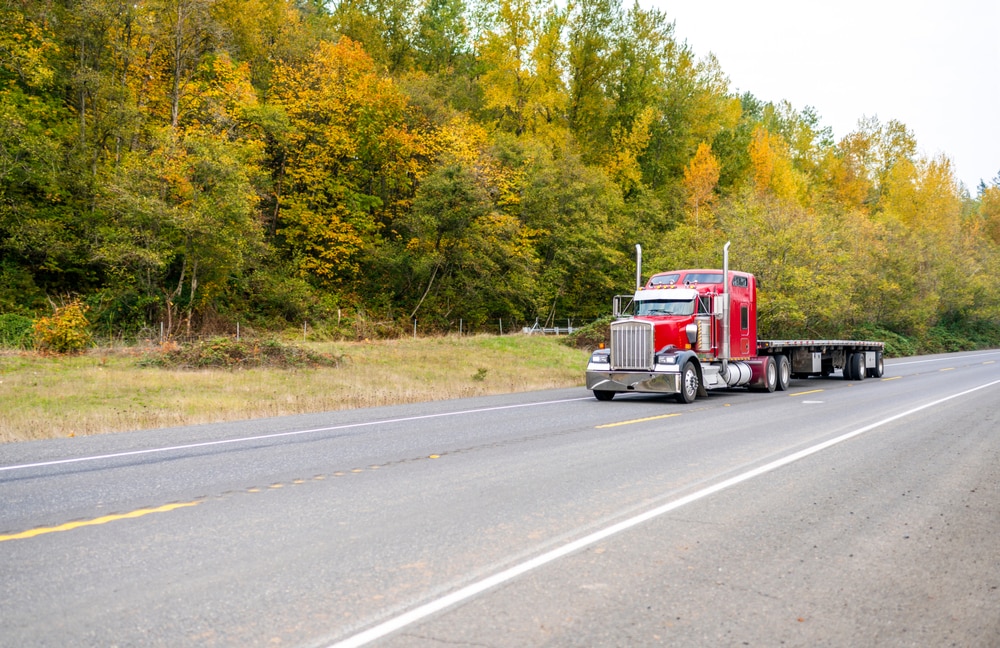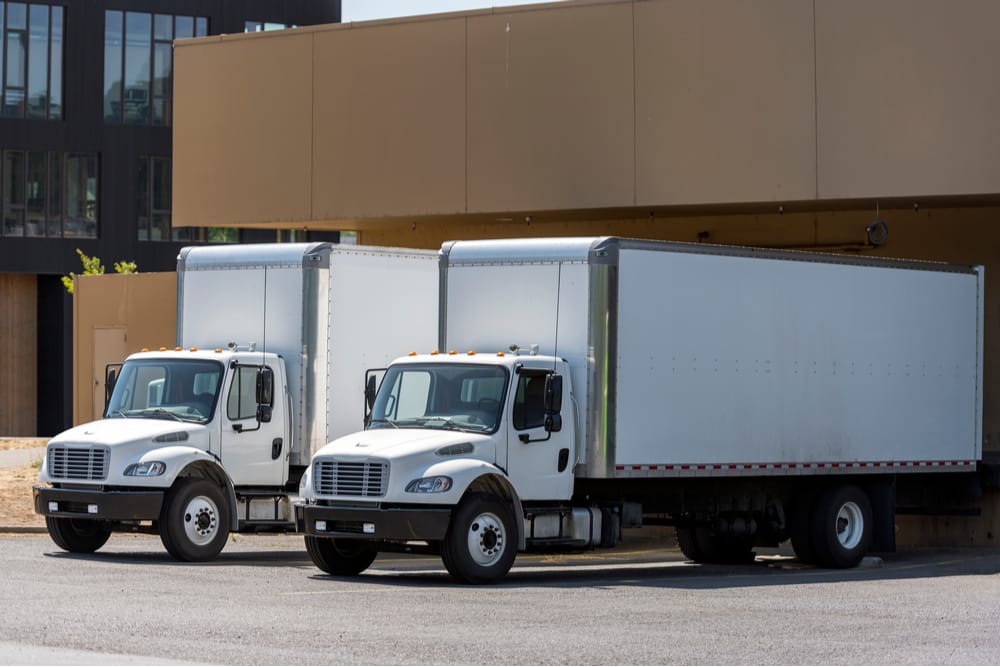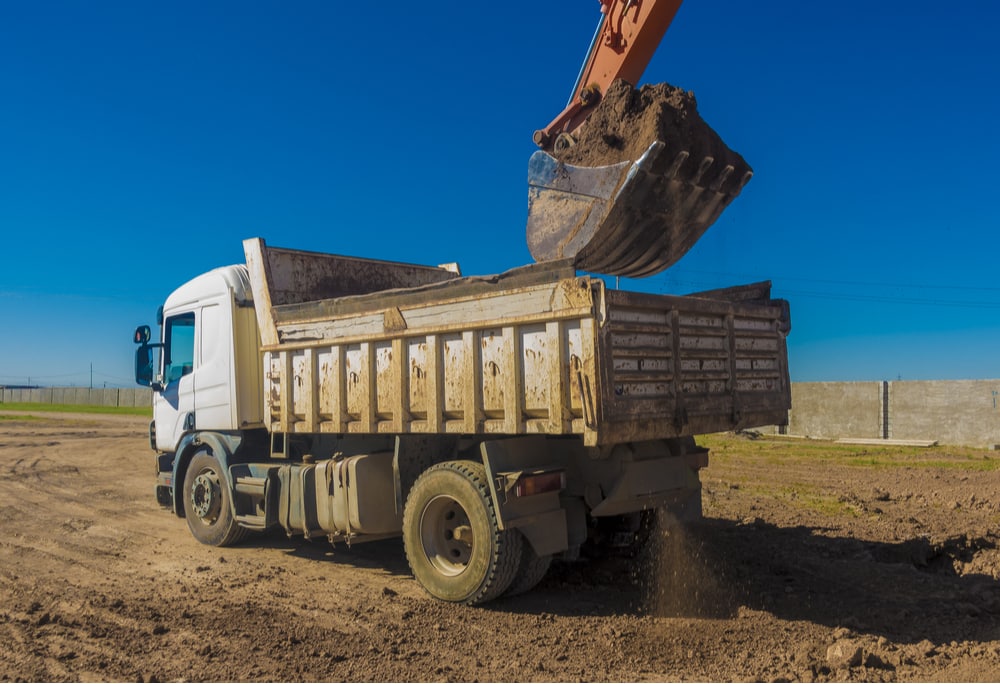Truck driving jobs can be highly rewarding, and you can earn more than $66,000 a year* as a trucker. One of the questions that many people who are considering getting their commercial driver’s license (CDL) have is what advancement opportunities exist within this industry. Your trucking career can evolve as you gain more experience and there are many ways you can advance as a driver.
Some advancement opportunities within trucking, assuming you start out as an over-the-road (OTR) company driver, include:
Growing Within a Company Driver Role
Advancement as a trucker does not always involve a change in your title. Many individuals who start out as over-the-road (OTR) drivers for a motor carrier continue to have this role throughout their trucking career. When you gain more experience and build a strong reputation, your company will begin to recognize you as a driver they can trust. As a result, you can get more miles and advance your career as a company driver.
Mentorship Roles
Many motor carriers have mentorship programs for new drivers. Mentors are experienced truckers who help new hires learn the ropes. This often includes driving as a team for a period of time so the new driver has supervision at first. Becoming a driver mentor can be a great option for advancement in the trucking industry if you are interested in teaching others while staying on the open road.
CDL School Instructor
Becoming a trucking school instructor is similar to being a driver mentor in that you are teaching a new generation of truckers. However, as an instructor you will usually stay in one place. This can make it an excellent choice for experienced drivers who are interested in transitioning out of an active driving role.
Trucking Company Management
Management work at a trucking company may include dispatch, on-site supervision, safety program coordination, et cetera. Having a thorough understanding of the transportation industry can make you a valuable asset in these positions. This type of role is usually something you would consider after many years of driving rather than just out of CDL school.
Exploring Different Routes
Although some individuals can find regional or local trucking jobs right after earning their CDL, these positions are often more competitive. In many cases, it is helpful to have some experience as an OTR driver before pursuing a job that keeps you closer to home. Although this isn’t advancement in the traditional sense of moving up within a company, it is a relatively common trucking career path to move from OTR to regional or local.
Becoming an Owner-Operator
An owner-operator is a trucker who owns their own vehicle and either contracts with a motor carrier or operates under their own authority. These jobs are some of the highest paying in the industry, but it is important to consider whether it is the right choice for you. It’s a good idea to have a few years of experience, and you will also need to either save up to buy a truck or participate in an owner-operator program with a trucking company.
Earn Your CDL Phoenix Truck Driving School
If you are interested in life on the open road, Phoenix Truck Driving School can help. Our programs will give you a strong foundation of valuable skills that will continue to benefit you throughout your career, no matter which path you take.
To start your trucking career, contact us today.
*Professional truck drivers earn a mean annual wage of $44,500 (https://www.bls.gov/oes/current/oes533032.htm). The top 10% of truck drivers make more than $66,800 per year* according to the 2017 Bureau of Labor Statistics.


